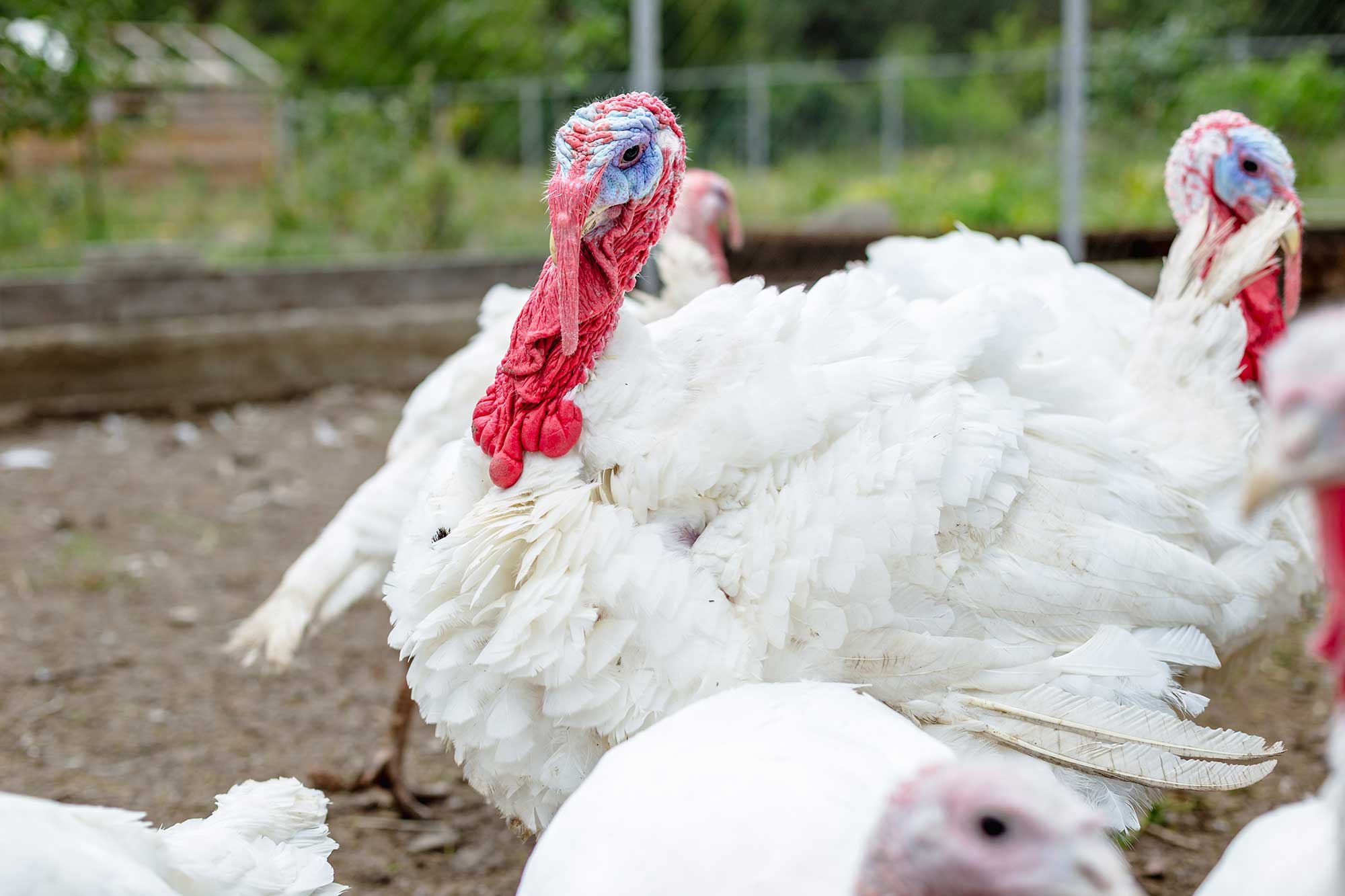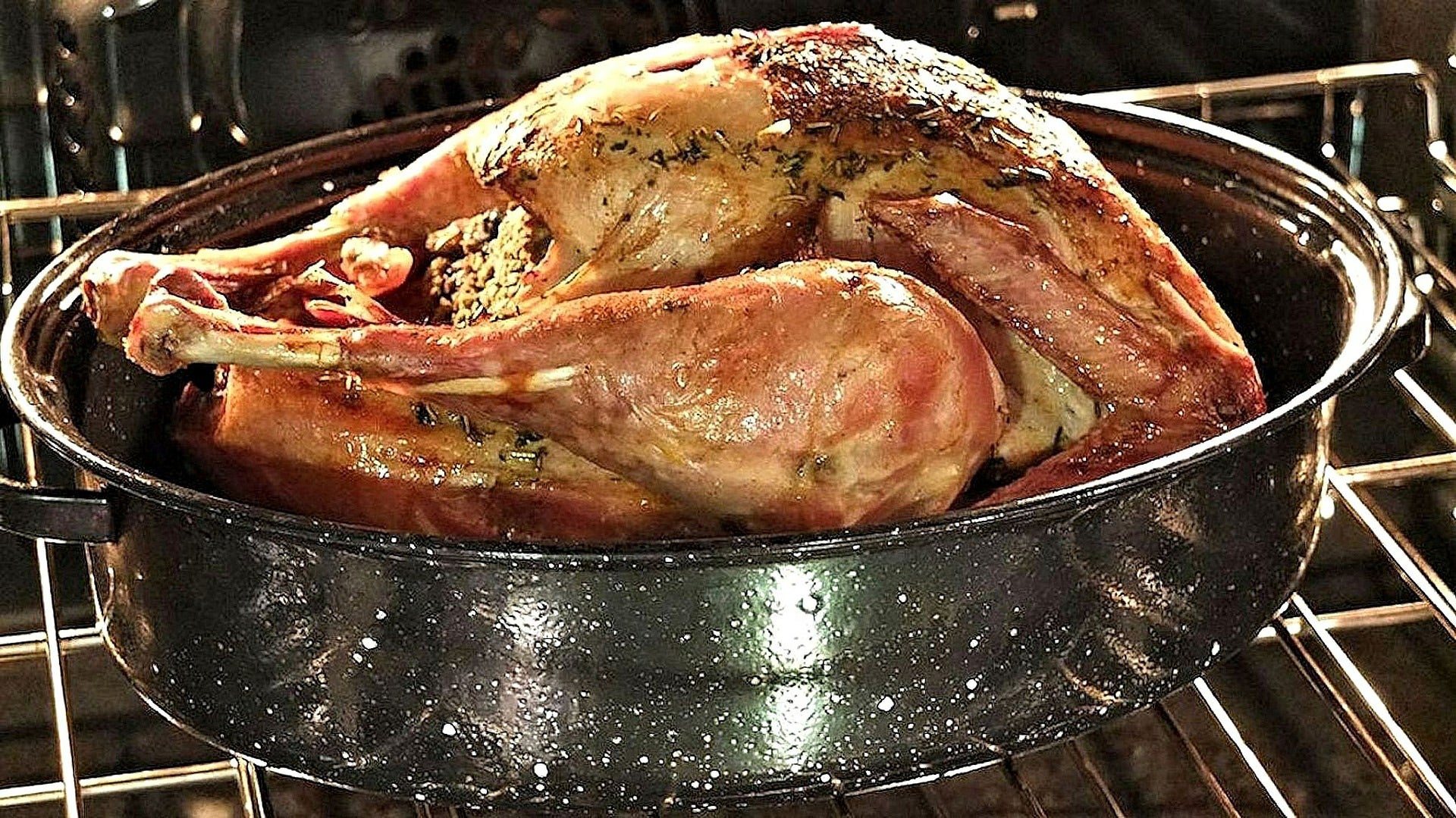AGDAILY Bites
-
The wholesale price for 8- to 16-pound hens was 99 cents per pound the week of Oct. 19.
-
A drop in production was blamed on higher input and labor costs.
-
There is a move toward non-traditional meats for holiday meals after Thanksgiving.
AGDAILY Discussion
Consumers should find good whole turkey prices, but that could change as the holiday season progresses due to lower production and supplies than last year, said Texas A&M AgriLife Extension Service experts.
David Anderson, an AgriLife Extension economist and professor in the Texas A&M Department of Agricultural Economics, Bryan-College Station, said prices on whole birds typical for table centerpieces during the holidays have been below the five-year average. The wholesale price for 8- to 16-pound hens was 99 cents per pound the week of Oct. 19 compared to $1.12 per pound last year and the five-year average of $1.22 per pound.
“Prices are good for consumers, but they’re bad for producers,” he said. “Last year started off strong for producers, but prices bottomed out after Thanksgiving, and they haven’t recovered.”

Production’s impact on turkey prices
Anderson said dismal prices for producers who continue to deal with higher input and labor costs contributed to a drop in production. A U.S. Department of Agriculture report showed turkey production dipped more than 6 percent compared to this time last year.
Beyond the price-related production declines, Greg Archer, Ph.D., AgriLife Extension poultry specialist and associate professor in the Texas A&M Department of Poultry Science, Bryan-College Station, said avian influenza and an emerging issue with avian metapneumovirus continues to impact turkey and other poultry.
“We’re down in the total number of birds and hatchlings, so that will impact the supply side,” he said. “Producers have been dealing with avian influenza for three-plus years and now this metapneumonia is becoming an issue. They’re losing fewer birds from these diseases, but losses are still impacting production.”
As of August, avian influenza outbreaks have resulted in the loss of almost 15 million turkeys in the U.S., according to USDA-Animal and Plant Health Inspection Service, APHIS. Most of those turkeys were lost in 2022. Avian influenza hits turkey production especially hard because flocks have more potential to be exposed to the pathogens that are carried by wild birds like migratory ducks.
The time it takes to grow a turkey — smaller birds take 15-18 weeks from hatching to harvest, whereas bigger birds can take 20-plus weeks to reach maturity – and the more open-style housing facilities contribute to their risk of exposure, Archer said. Commercial broiler chickens on the other hand are raised in up to six weeks and in houses that are easier to apply biosecurity regimens to prevent pathogen exposure.
Another factor for turkeys is that many commercial producers are in areas like Minnesota with higher migratory duck populations.
“The disease is more prevalent, and it just creates these potential hotspots for outbreaks,” Archer said. “Incidents are low, and the hope is that it doesn’t become a broader issue like it was a couple years ago.”

Consumer demand trends impact on prices
Along with reduced production, the number of whole turkeys in cold storage is 1.6 percent lower than last year, which ties into the trend of fewer birds available this holiday season, Anderson said.
Anderson said he doesn’t see any trends suggesting the lower supplies or the threat of disease outbreaks will spur prices upward dramatically. But he said consumers could see slightly higher prices in the days leading up to Thanksgiving.
There’s also a chance consumers could see discounts and specials on whole birds as grocers try to draw customers who are likely to buy more items associated with holiday cooking, he said.
One trend Anderson has seen emerge on the demand side over recent holiday seasons that could influence overall turkey prices is the move toward non-traditional meats for holiday meals after Thanksgiving.
“Consumers want that traditional centerpiece turkey for Thanksgiving, but they’re also going with other meats like hams and briskets or prime rib for Christmas,” he said. “People are forgoing that second turkey for their holiday get-togethers, and that is impacting the overall historical demand.”
This article was written by Adam Russell for AgriLife Today and republished here with permission from Texas A&M AgriLife Extension.


